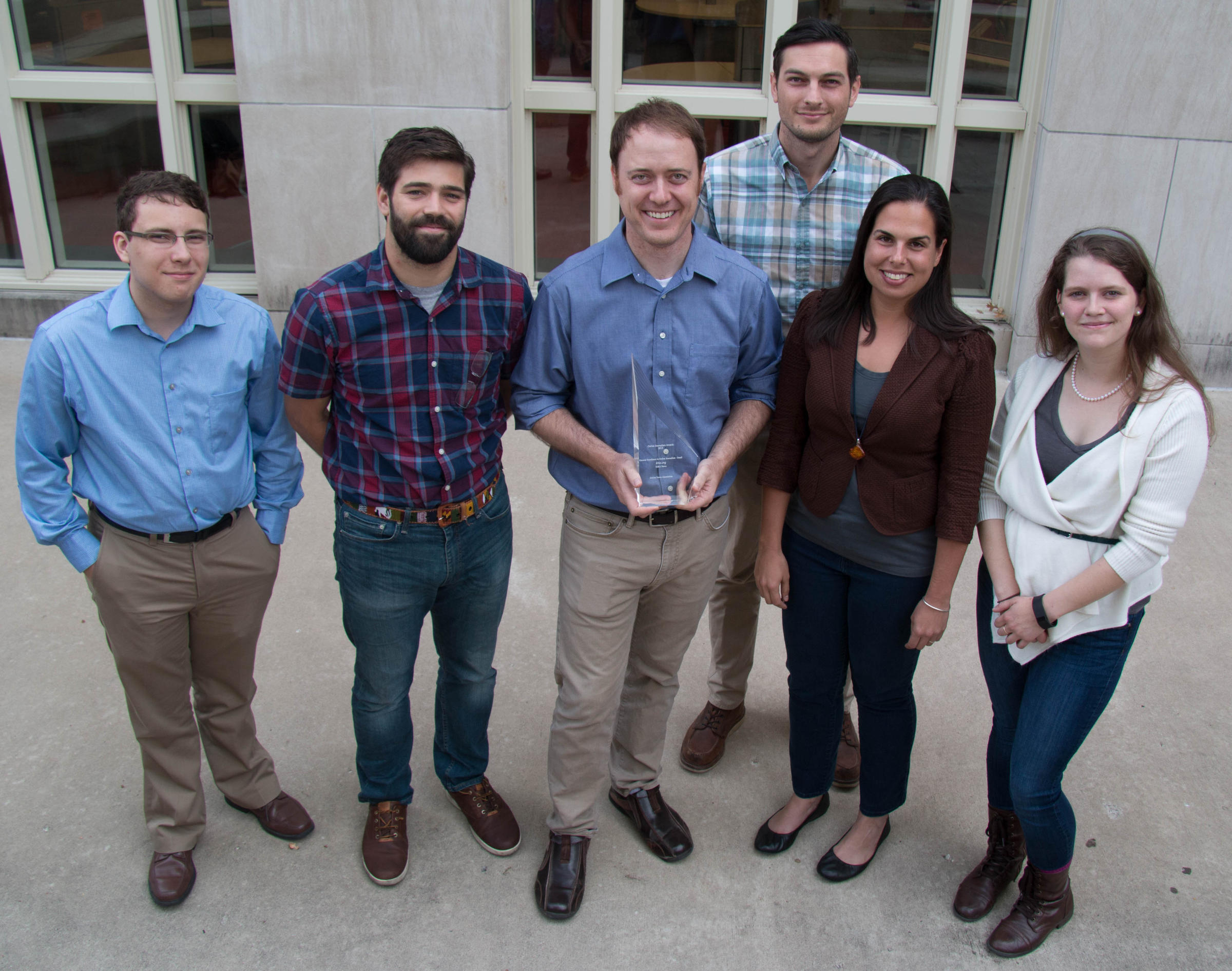WMHT teams with local newspaper to tell story of heroin’s impact

Five subjects of “The Dragon Lives Here,” a collaboration between New York’s WMHT and the Albany Times Union examining a heroin epidemic in the region.
A New York pubcaster and newspaper have drawn on their complementary resources to roll out a multiplatform project about the heroin epidemic afflicting their region.
“The Dragon Lives Here” stems from an ongoing relationship between WMHT in Troy, N.Y., and the Albany Times Union newspaper. “We each brought something to it,” said Times Union Editor Rex Smith. “We had the reporting staff to generate content, and they had the production capability.”
The Times Union’s reporting accompanies audio and video elements provided by WMHT, a joint licensee. The project itself is featured on a standalone website designed to showcase the multimedia stories.
The collaboration grew from a regular meeting among local media outlets about a year ago, said Dan Swinton, WMHT’s v.p. of production. Attendees discussed the problem of heroin use in New York’s Capital Region. Later, when Swinton looked at the Times Union’s coverage in 2014, he saw a way to expand the coverage.
“We emerged from that [meeting] feeling that we should do more about the subject,” Swinton said. “And embracing the concept of collaboration, we thought, ‘What if we took their work and shot complementary video?’”
The website features photos, video and audio, with stories about individuals and their experiences as heroin users or with addicts. One story focuses on a former federal prosecutor and attorney who turned to heroin after his access to prescribed narcotic painkillers dried up. He eventually wound up in a federal prison after a multicounty bank-robbing spree.
In another story, a mother who lost one son to a heroin overdose brings home a second son from rehab for heroin addiction. She hired a firm that uses drug-sniffing dogs to clean out hidden drugs or paraphernalia.
“We see this project as a commitment to tell these kinds of stories and spark a conversation,” Swinton said. “We want to humanize the people behind the statistics.”
Times Union reporters began covering heroin’s impact in the region after they noticed a trend among the newspaper’s obituaries. “We recognized obituaries of young people, and when we dug into it, we found it was heroin,” Smith said. “We realized there was something there that needed to be reported.”
“These incongruous images of fallen youths in the obits became a steady stream of loss and grief that nobody seemed willing to talk about,” says the introduction to “The Dragon Lives Here.” “It was in the beginning a shameful family secret, the cause of death unspoken in public. It turned out that they had died of heroin overdoses, the human toll of a heroin epidemic that has swept across the Capital Region, New York State and the country.”
The newspaper began publishing stories about the epidemic. When WMHT’s Swinton approached Smith and suggested a collaboration, it made sense. The paper and WMHT have worked together for years, Smith said, including their collaboration on New York Now, a weekly public affairs show Friday nights on WMHT-TV.
Working with WMHT on the heroin project brought polished multimedia elements to the paper’s stories and helped get them in front of a wider audience, Smith said. “We don’t bring the production value to this that the WMHT team does,” he said. “This is really a qualitative step forward for us.”
WMHT produces shows like New York Now but lacks a news staff, according to Swinton. In WMHT’s case, the collaboration provided access to deep reporting it couldn’t pull together on their own. But rather than focus on broadcast, Swinton said, the station’s team wanted to try something new.
“We’ve never done anything like this before,” Swinton said. “We’ve never created something just for the Web that didn’t derive from a broadcast.” Lacking coders, WMHT worked with online publishing and storytelling platform Atavist to host the website.To expand community engagement with the project, the media outlets are holding a forum about the heroin problem Oct. 29. Smith said they expect an audience of about 100 for the one-hour event, which will include a panel discussion and conversation with the audience. The event will be videotaped for online, and an edited half-hour version will be broadcast.
“There’s a lot that we’re able to do together, and this forum is really just an additional way to deliver our reporting to a wider audience, in a different mode of presentation,” Smith said.
WMHT and the Times Union are planning another collaboration in the spring, looking at the current wave of immigrants to the region and how it compares to previous patterns.
“I think it’s going to be a great partnership and something we continue doing,” Smith said.
Related stories from Current:







